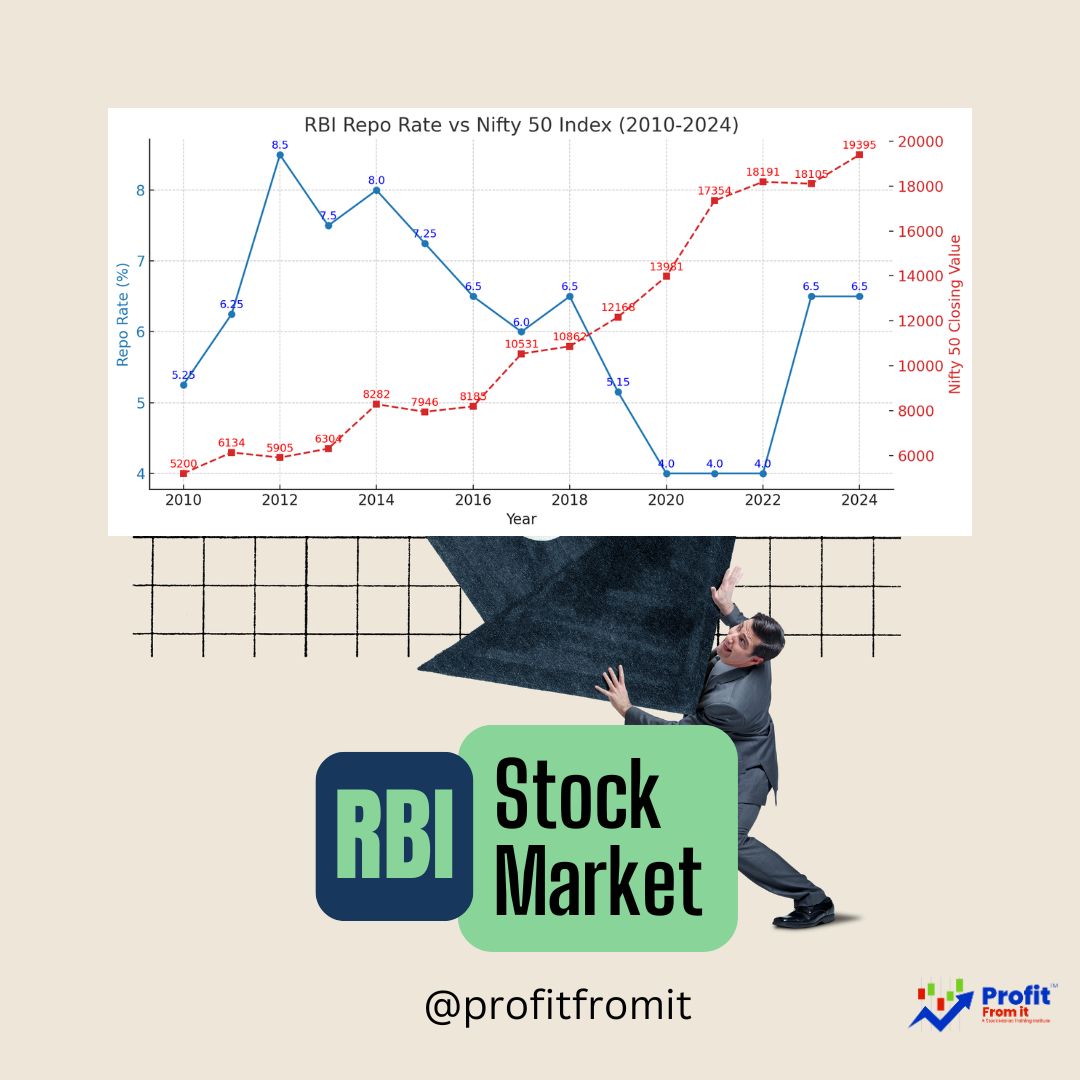 – Growth & Trends Analysis.png)
1. Introduction
The Eight Core Industries (ICI)—Coal, Crude Oil, Natural Gas, Refinery Products, Fertilisers, Steel, Cement, and Electricity—constitute approximately 40.27% of India’s Index of Industrial Production (IIP). These sectors serve as key indicators of underlying industrial activity, reflecting both long-term growth trends and cyclical shifts.
Following a volatile pandemic period, these sectors have demonstrated a mixed recovery trajectory. This analysis delves into:
- Long-term trends from 2012–13 to FY 2024–25.
- Impact of the COVID-19 pandemic and subsequent rebound.
- Sectoral performance in FY 2024–25.
- Snapshot of Q1 FY 2025–26 (Apr–Jun 2025).
- Monthly volatility (Jun 2024–Jun 2025).
- Sector-specific drivers, risks, and stock watchlists.
2. Long‑Term Annual Trends (2012‑13 to 2024‑25)

Insights:
- From 2012–13 to 2019–20, the ICI grew annually at 4–5%, driven by infrastructure investments and urbanization.
- FY 2020–21 experienced a contraction (−6.4%) due to pandemic disruptions.
- The subsequent recovery was sharp, with double-digit growth in FY 2021–22, and sustained robust growth through FY 2023–24.
- Growth slowed to 4.5% in FY 2024–25, affected by global input-cost pressures and base effects.
3. Pandemic Impact & Recovery
The pandemic (FY 2020–21) triggered significant setbacks:
- Refinery Products: −11.2%
- Steel: −8.7%
The subsequent rebound (FY 2021–22) was characterized by:
- Surge in oil & gas segments (Natural Gas +19.2%, Steel +16.9%) owing to pent-up demand.
- Continued normalization with growth remaining above pre-pandemic levels until 2023–24.
4. FY 2024–25 Sectoral Performance
Summary:
- Electricity growth (+5.2%) driven by increasing renewables and rural demand.
- Coal decline (-2.2%) reflects environmental restrictions and imports.
- Mixed sectoral outcomes suggest structural shifts and policy impacts.
5. Q1 FY 2025–26 Snapshot (Apr–Jun 2025)
- Steel and cement remain resilient indicators of infrastructure activity.
- Electricity and refinery sectors show signs of softness.
6. Monthly Index & Volatility (Jun 2024–Jun 2025)

Insights:
- Seasonal peaks in March and December reflect infrastructure and construction cycles.
- Notable volatility in coal and electricity due to regulatory and import factors.
7. Sector-Specific Analysis & Company Watchlist
7.1 Steel (17.92%)
- Drivers: Infrastructure stimulus, housing, export demand.
- Risks: Raw material cost inflation (coking coal), global overcapacity.
- Watchlist:
- Tata Steel (integrated, strong balance sheet)
- JSW Steel (EAF expansion)
- SAIL (government support)
7.2 Cement (5.37%)
- Drivers: Rural roads, housing schemes, commercial construction.
- Risks: Fuel cost pressures, financing challenges.
- Watchlist:
- UltraTech Cement
- Ambuja Cements
- ACC
7.3 Refinery Products (28.04%)
- Drivers: Domestic fuel demand, diversification into petrochemicals.
- Risks: Crack spread compression, regulatory levies.
- Watchlist:
- Reliance Industries
- Indian Oil Corporation
- Hindustan Petroleum
7.4 Electricity (19.85%)
- Drivers: Renewables, rural power, discom reforms.
- Risks: Distribution losses, policy gridlock.
- Watchlist:
- NTPC Ltd
- Tata Power
- Adani Green Energy
7.5 Coal (10.33%) & Crude Oil (8.98%)
- Drivers: Power generation, strategic reserves.
- Risks: Environmental restrictions, pricing reliance on imports.
- Watchlist:
- Coal India
- ONGC
- GAIL India
7.6 Natural Gas (6.88%) & Fertilisers (2.63%)
- Drivers: City-gas, agricultural demand.
- Risks: Price controls, subsidy risks.
- Watchlist:
- Petronet LNG
- Coromandel International
- Chambal Fertilisers
8. Strategic Takeaways & Outlook

- Diversify: Mix cyclicals (Steel, Cement) with defensive sectors (Electricity, Fertilisers).
- Input Costs: Keep a close watch on margins, especially in Steel, Cement, and Refinery.
- Policy Changes: Monitor reforms in discom reform, environmental regulations affecting Coal and Power.
- Thematic Opportunities: Focus on renewables (Adani Green), EAF steel (JSW), digital infrastructure (PowerGrid).
- Earnings Cues: Early Q2 results will reveal if Q1 headwinds—especially in Electricity and Refinery—persist.
Disclaimer:
This analysis aims for educational purposes and is not investment advice.



 for Investors The provided chart outlines key metrics for Nifty 500 companies across different periods (FY22 t.png)





